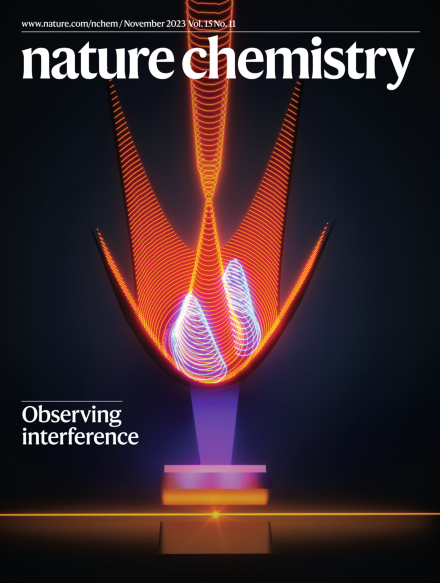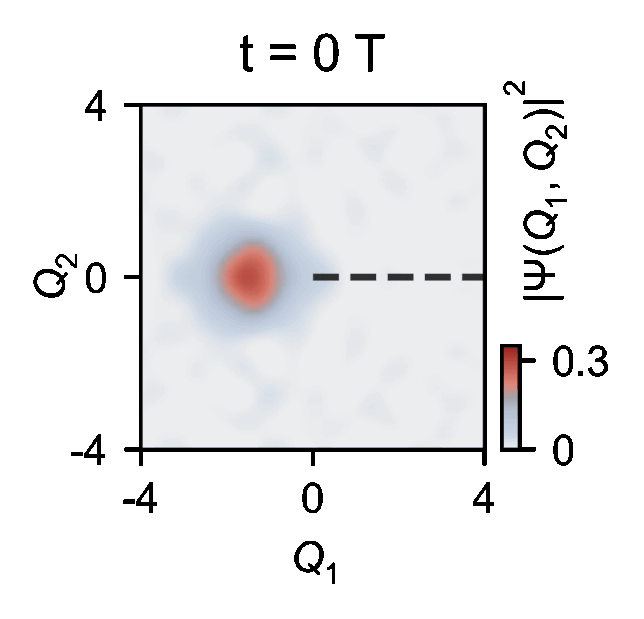Congratulations to scientists in the Quantum Control Laboratory and the Kassal Group, whose work recently featured in the Sydney Morning Herald and on the cover of Nature Chemistry.
What makes this research so groundbreaking?
For the first time, scientists have successfully used a quantum computer to slow down a chemical interaction by a factor of 100 billion times – allowing scientists to observe previously imperceptible processes inside and between molecules.
How did they do it?
For the experiment, scientists trapped an ion of ytterbium, a soft rare-earth metal, in a vacuum. Using quantum computing and an assortment of lasers, they ushered the ion through a simulated conical intersection and, for the first time, captured each stage of the slow-motion interaction.


What are the implications of this research?

This breakthrough could lead to many practical applications, including more efficient solar cells, better batteries, insights into atmospheric chemistry and new designs for drugs as more ultrafast reactions are mapped out.
For Dr Christophe Valahu, co-joint lead author of the paper, this breakthrough is just the beginning:
“These first results show that trapped ions are promising analogue quantum simulators, the next step is to scale this up and tackle more difficult problems in chemistry. Related work by Prof. Ken Brown’s group at Duke was published back to back. Together with our results, this shows a growing excitement in using trapped ions as analogue quantum simulators to solve difficult problems in chemistry.”
